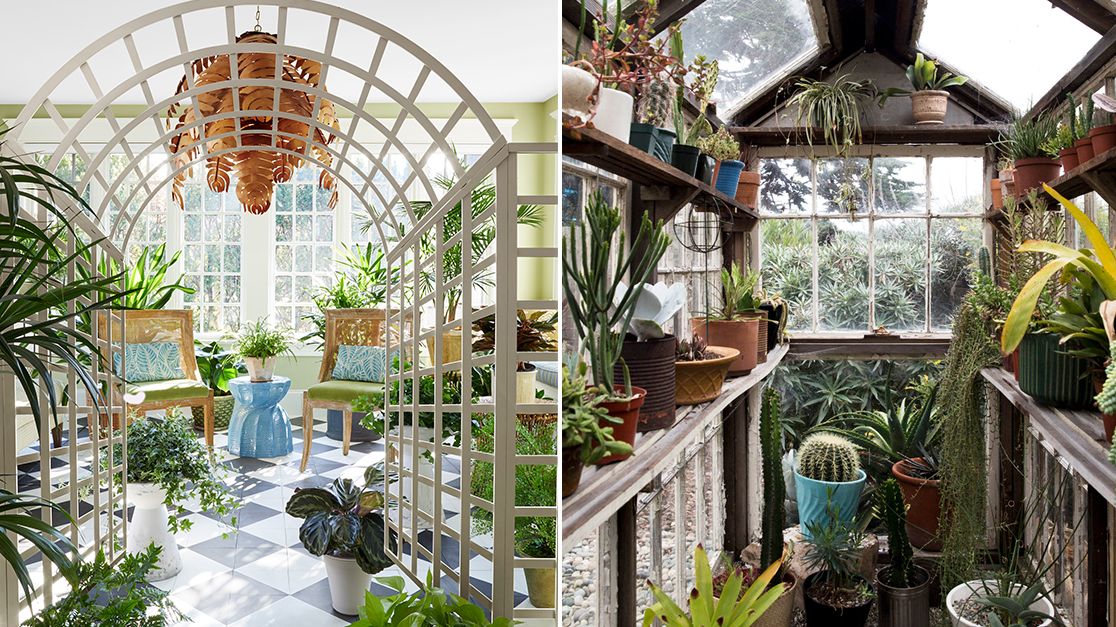Farm to Table Vision: Monarch Farm Greenhouse Utah Agricultural Marvels
The Future of Greenhouses: Advancements in Sustainable Agriculture
Are you curious regarding the future of greenhouses and just how they are changing sustainable agriculture? From advanced environment control systems to upright farming techniques, water-efficient irrigation approaches, renewable energy integration, and wise data analytics, these improvements are changing the method we expand our food.
Advanced Climate Control Solution
To accomplish optimal growing conditions, you can rely on the advancements in greenhouses with advanced climate control systems. These systems have actually revolutionized the way we cultivate plants, giving a regulated setting that contributes to plant development. With these innovative systems, you can now manipulate temperature, humidity, light levels, and even carbon dioxide focus to develop the ideal problems for your plants to thrive.
One of the key attributes of these innovative environment control systems is their capability to regulate temperature. By making use of sensing units and automated controls, the greenhouse can change the temperature level based on the certain needs of the plants. This ensures that they are never ever subjected to extreme heat or chilly, which can be damaging to their growth.
Moisture control is another essential aspect of these systems. By preserving the optimal moisture degrees, you can prevent concerns such as mold, mold, and disease from influencing your crops. These systems can additionally regulate the quantity of light that reaches the plants, making certain that they get the optimum amount for photosynthesis.
In addition, advanced environment control systems can even control carbon dioxide concentrations. By raising the levels of carbon dioxide in the greenhouse, you can enhance plant growth and performance. This is particularly advantageous in locations with low natural carbon dioxide degrees.
Vertical Farming Strategies
One crucial upright farming technique is using piled growing systems. Monarch Greenhouse builder Utah. These systems include preparing plants in multiple layers, vertically stacked on top of each other. By using upright room, farmers can optimize their crop yield without requiring extra land. Stacked growing systems are frequently made use of in city locations where space is limited.
One prominent approach is recognized as upright hydroponics, where plants are expanded in nutrient-rich water without soil. This method is extremely effective as it decreases water usage by up to 90% compared to standard farming techniques. Furthermore, because the plants are grown indoors, they are protected from pests and conditions, minimizing the need for pesticides.
An additional strategy is aeroponics, which includes suspending the plant origins in a mist or air atmosphere. This method permits optimum nutrient absorption and oxygenation, causing faster growth and greater yields. Aeroponics likewise makes use of much less water than traditional farming and can be executed in upright systems, making it a preferred choice for upright farming.
Water-efficient Irrigation Methods
Optimizing water conservation is important when it comes to carrying out lawn drainage water-efficient irrigation approaches in sustainable farming. With worldwide water scarcity ending up being a pressing problem, it is essential to establish innovative methods that maximize water usage in greenhouse procedures.
One encouraging method is drip irrigation, which supplies water directly to the plant roots, decreasing waste and evaporation. By utilizing a network of tubes with tiny emitters, water is applied slowly and specifically, guaranteeing that plants get the necessary moisture without excess overflow.
An additional effective technique is the usage of dirt dampness sensors. These devices determine the dampness web content in the soil and offer real-time data to farmers. By checking the dirt's moisture levels, farmers can accurately determine when and just how much water to use, stopping browse around this web-site over-irrigation.
Moreover, the application of rainwater harvesting systems is getting appeal in greenhouse agriculture. Collecting rain from roofs and keeping it in tanks permits farmers to use this natural deposit for irrigation objectives, reducing reliance on conventional water resources.
Last but not least, the adoption of automated irrigation systems can substantially boost water efficiency. These systems use sensors to find dirt dampness degrees and weather, adjusting watering routines appropriately. By maximizing water use based upon real plant needs, these systems can reduce water waste and promote sustainable farming practices.
Renewable Resource Integration
Sustainable power integration in greenhouses provides numerous benefits, including decreased running prices and lowered reliance on non-renewable energy resources. The created power can then be utilized to run different procedures within the greenhouse, such as ventilation, illumination, and heating systems. These generators harness wind power and transform it right into electricity, which can be used to supplement the energy needs of the greenhouse.
Smart Data Analytics and Automation
To boost the performance of your greenhouse operations and optimize source utilization, consider executing clever information analytics and automation. Smart information analytics includes gathering and examining data from numerous sensors and tools within your greenhouse.
This can consist of automating the control of lights, ventilation, irrigation systems, and nutrient distribution. By automating these processes, you can guarantee that your plants obtain the right conditions and nutrients at the appropriate time, without the need for continuous hand-operated treatment.
Additionally, wise information analytics and automation can collaborate synergistically. The data gathered by sensing units can be used to inform automatic systems, permitting them to make real-time changes based on the current conditions. This combination of data analytics and automation can cause extra efficient and specific source allotment, eventually causing greater yields and far better plant high quality.
Final Thought
To conclude, the future of greenhouses in lasting farming looks appealing. With sophisticated climate control systems, vertical farming methods, water-efficient irrigation methods, and renewable resource integration, greenhouses are becoming more ecologically friendly and efficient. Additionally, making use of smart information analytics and automation better improves efficiency and reduces waste. These developments are paving the means for an extra lasting and efficient agricultural industry, ensuring a greener and much healthier future for all.

By maximizing water use based on real plant needs, these systems can decrease water waste and advertise lasting farming techniques.
